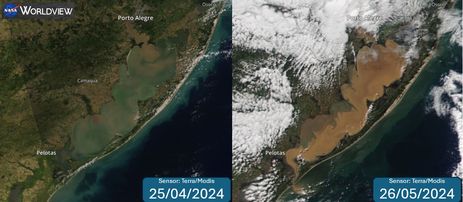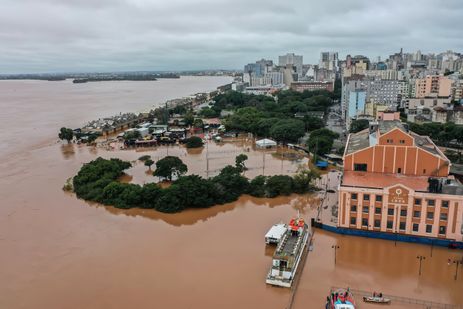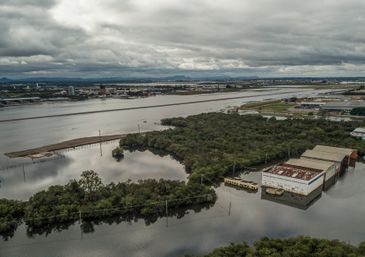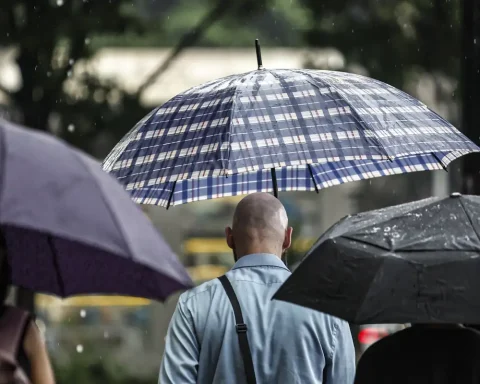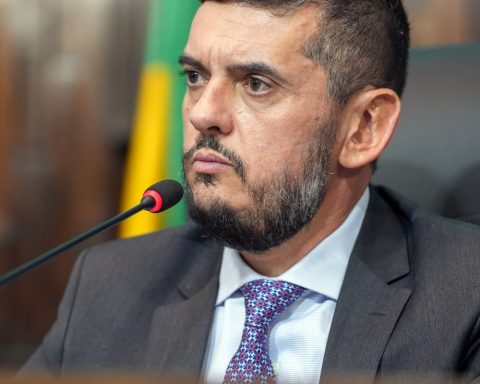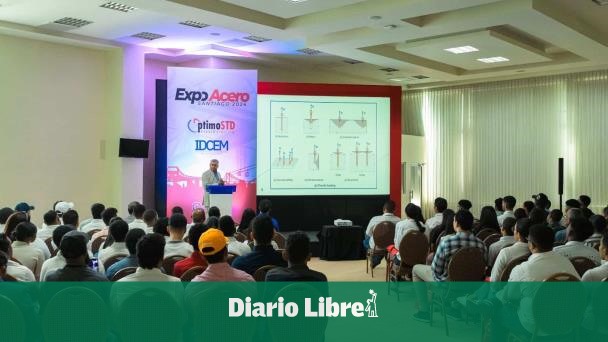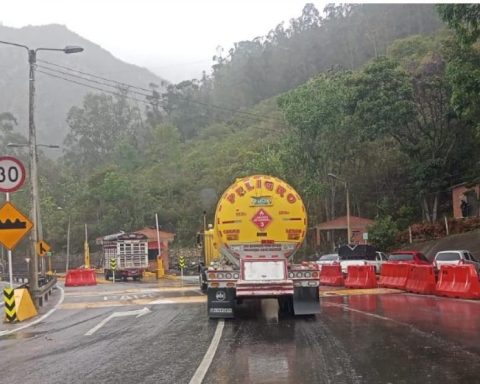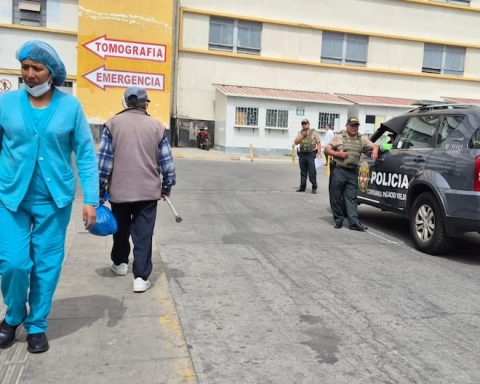Would opening a new channel in Lagoa dos Patos be a good solution to avoid new floods like the one that occurred in Rio Grande do Sul this year? Since it was considered, the proposal has been criticized by researchers and environmentalists. More than three months after the peak of the floods, a study was awarded a prize for reinforcing that this idea is expensive, would cause significant environmental damage and would harm surrounding communities.
The study was developed by the Department of Agricultural and Environmental Engineering at the Fluminense Federal University (UFF), in partnership with the Hydraulic Research Institute of the Federal University of Rio Grande do Sul (IPH-UFRGS). Entitled “Analysis of Opening a New Tidal Channel in Lagoa dos Patos to Mitigate Floods in the Guaíba River, RS”, the work was awarded at the II National Symposium on Fluid Mechanics and Hydraulics (II FLUHIDROS) and XVI National Meeting on Sediment Engineering (XVI ENES), promoted by the Brazilian Association of Water Resources (ABRHidro).
The person responsible for leading the group, Rodrigo Amado, in an interview with Brazil Agencyrecalls that the idea circulated at the time among decision-makers at different levels, as if it were a “magic solution”. “It would be a very long canal, with a minimum length of 20 kilometers, with a very large width as well and without any associated study, so no one knew if it would actually work”, he said.
“I think the floods that occurred in Porto Alegre and the state of Rio Grande do Sul in May are still fresh in everyone’s minds. It was the largest event of its kind in recorded history,” Amado said. According to data released by the Institute of Applied Economic Research (Ipea) in July, at least 876,200 people and 420,100 households were directly affected by the floods.
Starting on April 26, the rains intensified in the following days and, shortly after, on May 5 and 6, led to the highest level of the Guaíba River: 5.33 meters. Before that, the highest level ever recorded was 4.76 meters, during the historic flood of 1941.
According to the professor, the main argument raised against the construction of the canal was the environmental impacts. “The northern part of the Patos Lagoon is fresh water and the southern part is salt water. With the construction of the canal, the water in the lagoon would become salinized, and this is a significant environmental impact,” he explains. In addition to the consequences for the ecosystem, the researcher also highlights the effects on the local economy, since the lake’s water is widely used to irrigate rice plantations around the body of water.
However, a question that Amado claims is even more important is, “if the canal is built, will it work or not?” This is the central question analyzed by the study, which concludes that the canal would not be the best solution. “The project would be very expensive and very complex, because it is a very long canal. It would have to have protection at the entrance, so that it would not be silted up by the action of the sea waves, and floodgates would also have to be built,” he argues.
To develop the research, which also included the participation of André Belém, a professor in the Department of Agricultural and Environmental Engineering at UFF, computer modeling was used to simulate the body of water. Data from the Guaíba River, such as bathymetry, contours, banks, water flow, tides and wind, were entered into the program, attesting to the reliability of the model. “We compared the results of the water level measured in the Guaíba River, in Porto Alegre, and at the mouth of the Lagoa dos Patos. Since the simulated levels matched those measured in the capital, this showed that the model results were consistent.”
Based on the modeling and comparison of the observed data, the study concluded that the project would be extremely complex due to the length of the canal and the consequences for the environment, with very little gain. “The result we obtained from this study was that, if the canal were opened, only 35 centimeters of the water level would be reduced, remembering that the level rose to more than five meters,” says Belém.
Another scenario simulated during the research was the dredging of the region between Guaíba and Lagoa dos Patos, but, according to the professor, the result would be the same as opening the canal. “It wouldn’t solve the problem, but it would be a cheaper solution than the canal,” the professor says.
Lack of maintenance
For Amado, the best way to deal with flooding is to invest in the existing flood protection system in the capital of Rio Grande do Sul, as advocated by experts at the time of the storms. “What we see as a solution to this problem, and what I think is unanimous in the technical community of those who work with hydraulics and hydrology, is: Porto Alegre already has a very robust system of protection against flooding and inundation, the problem is that this system did not work due to lack of maintenance,” he emphasized.
“This system was designed to protect the city after the flood of 1941, the largest in the history of Rio Grande do Sul up to that point. However, since there had been no maintenance for decades, people closed the floodgates, but the rubber seals did not work. They could not open them to allow the water to leave the city, and the pumps at the pumping stations did not work,” recalls the professor. “It was a question of lack of maintenance, because since there had been no similar floods, the system was not put into operation. If it had worked, researchers from the region guarantee that it would have solved the problem and there would not have been the same disruption,” says Amado.
UFF student Daniel Maia, who participated in the project’s computational modeling alongside master’s student Roberta Reis, said that collaborating on the study was a unique experience.
“Participating in this project was a very different experience, because modeling a body of water was something I had never done before, especially a body of water that was so large and had such a significant historical flood. It was a huge gain in knowledge for me,” he told Brazil Agency. “Instead of making a projection and selling this resource, we were able to attest to the viability of the project based on the model,” added Reis.
“Being able to provide information to society in a more well-founded way is what we find most interesting about this work,” Amado summarizes. “We did it as our own initiative, out of concern and because of the misinformation that was circulating. We now have plans to continue this research and submit it as a proposal for public calls for scientific funding.”
*Intern under the supervision of Vinícius Lisboa


